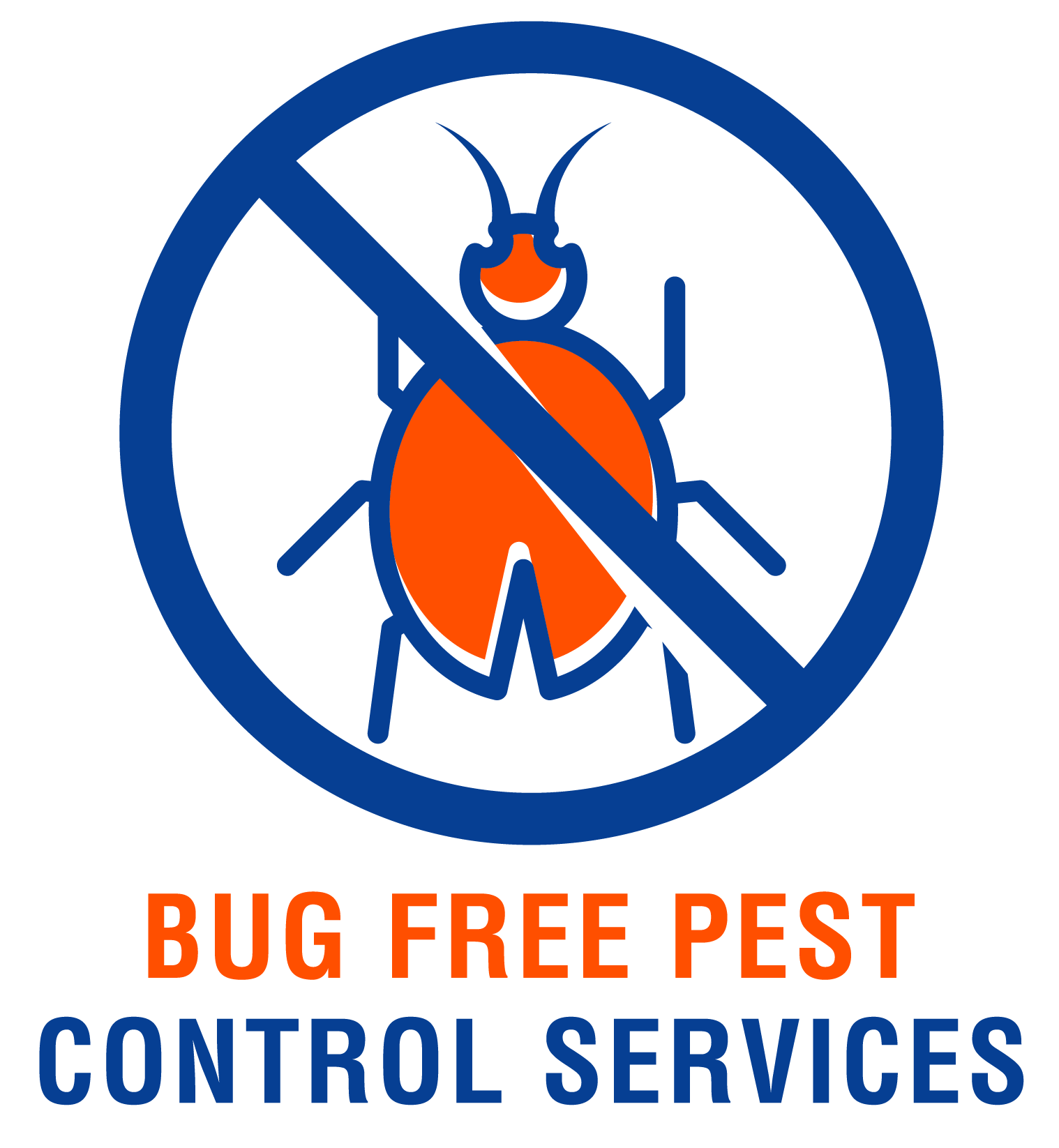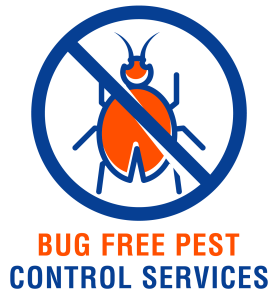Welcome to our article on “Controlling pests in outdoor recreational areas.” In this piece, we will discuss the importance of managing pest populations in outdoor recreational spaces to create a pleasant environment for all visitors. One key aspect we will focus on is identifying and treating wood rot caused by pests, which can not only affect the aesthetics of the area but also pose safety hazards. By understanding how to effectively control pests and prevent wood rot, you can ensure that your outdoor recreational area remains enjoyable and inviting for everyone. Have you ever encountered pests when enjoying the great outdoors? Whether you’re camping, hiking, or simply spending time in your backyard, pests can quickly ruin your outdoor experience. In this guide, we’ll explore how to effectively control pests in outdoor recreational areas to ensure you can enjoy nature without any unwanted visitors.
Understanding the Impact of Pests in Outdoor Recreational Areas
Pests can pose a variety of problems in outdoor recreational areas, ranging from annoying mosquito bites to damaging wood rot. Understanding the impact of pests is crucial to effectively controlling them and preserving the natural environment for future generations to enjoy.
Mosquitoes
Mosquitoes are one of the most common pests found in outdoor recreational areas. These pesky insects can quickly multiply and ruin your outdoor experience with their incessant biting. Not only are mosquito bites itchy and irritating, but they can also transmit serious diseases such as West Nile virus and Zika virus.
Ticks
Ticks are another common pest that can be found in outdoor recreational areas, especially in wooded or grassy areas. These tiny arachnids can latch onto your skin and transmit diseases such as Lyme disease and Rocky Mountain spotted fever. It’s essential to take precautions to prevent tick bites and promptly remove any ticks that may have attached themselves to you.
Ants
Ants can also be a nuisance in outdoor recreational areas, particularly when it comes to food storage and handling. Certain species of ants, such as fire ants, can deliver painful stings that can cause allergic reactions in some individuals. Keeping your food sealed and stored properly can help deter ants from invading your campsite or picnic area.
Implementing Integrated Pest Management Techniques
Integrated Pest Management (IPM) is a holistic approach to controlling pests that focuses on prevention, monitoring, and control. By employing IPM techniques in outdoor recreational areas, you can effectively manage pest populations while minimizing the use of chemical pesticides that may harm the environment.
Prevention
Preventing pests from becoming a problem in the first place is the most effective way to control them. Simple preventive measures, such as keeping your campsite clean and free of food debris, can go a long way in deterring pests like ants and rodents. Additionally, wearing insect repellent and protective clothing can help reduce your risk of mosquito and tick bites.
Monitoring
Regularly monitoring pest populations in outdoor recreational areas can help you identify potential issues before they become severe. Keep an eye out for signs of pest activity, such as mosquito breeding grounds or termite damage to wooden structures. By staying vigilant, you can take proactive measures to control pests before they cause significant damage.
Control
When pests become a problem in outdoor recreational areas, it’s essential to implement control measures to manage their populations effectively. Depending on the type of pest, control methods may include biological controls, such as introducing natural predators, or chemical controls, such as applying insecticides. Always follow the recommended guidelines for using pest control products to minimize environmental impact.
Identifying and Treating Wood Rot Caused by Pests
Wood rot is a common problem in outdoor recreational areas, especially in wooden structures such as cabins, fences, and decks. Pests such as termites and carpenter ants can cause significant damage to wood by feeding on it and creating tunnels and galleries. Identifying and treating wood rot caused by pests is crucial to preserving the structural integrity of wooden structures in outdoor recreational areas.
Signs of Wood Rot
The first step in treating wood rot caused by pests is to identify the signs of infestation. Common signs of wood rot include soft, spongy wood, musty odors, and the presence of tiny holes or sawdust-like frass. If you notice any of these signs in wooden structures in outdoor recreational areas, it’s essential to take immediate action to prevent further damage.
Treating Wood Rot
Treating wood rot caused by pests involves several steps to eradicate the pests and repair the damaged wood. In the case of termites, professional pest control services may be necessary to eliminate the infestation and prevent future damage. Additionally, damaged wood may need to be replaced or repaired to restore the structural integrity of wooden structures in outdoor recreational areas.
Preventing Future Infestations
Once you’ve treated wood rot caused by pests, it’s essential to take preventive measures to avoid future infestations. Regularly inspecting wooden structures for signs of pest activity, such as termite tunnels or carpenter ant galleries, can help you catch infestations early and prevent extensive damage. Applying wood preservatives or sealants can also help protect wooden structures from pests and moisture damage.
Conclusion
Controlling pests in outdoor recreational areas is essential to ensuring a safe and enjoyable outdoor experience. By understanding the impact of pests, implementing integrated pest management techniques, and identifying and treating wood rot caused by pests, you can effectively manage pest populations and preserve the natural environment for future generations to enjoy. Remember to take proactive measures to prevent pests from becoming a problem in outdoor recreational areas and promptly address any signs of infestation to minimize damage.


